The Mummy vs the Cyborgs : a (bio)epic battle ahead !
The Mummy vs the Cyborgs: a (bio)epic battle ahead!

Ethics came first, then history
Repeat with me: Ethics came first, then history. Truth, Balance, Order, Harmony, law, morality and justice are seven magical principles dated back to 4000–3500 BC “Maat law”. Those magical words can carry you NOW to the dawn of conscience. During our journey, you can hear stories of the first ancient prosthetics. You can see the development of biomedical engineering from the past to the present. You can also sense the historical fragrance of biomedical ethics. BUT remember, keeping the previous magical words is mandatory to protect you since some unethical practices are also immemorial.
I. The Mummy’s return: First Prosthetics and bioethics
The story began with those who miss an essential part of themselves. It is a story of struggling to regain a wholeness that they have tragically lost. The earliest prosthetic is not a leg or a fake eye. It’s a toe, a big toe belonging to an Egyptian noblewoman living around 3000 years ago. Now, this may seem odd at first, a person can live without a big toe. But to Egyptian society, your big toe was important since wearing sandals was an important tradition, important enough to warrant the construction of this early prosthetic.
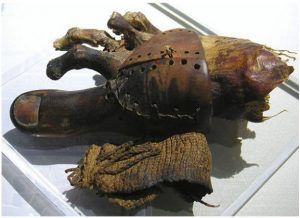
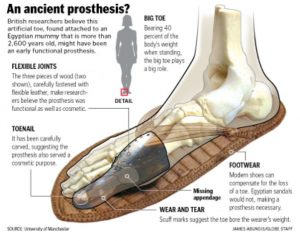
The toe was “ethically” crafted. Material, design and even articulations that mimic the flexion of metatarsophalangeal joints to avoid the rubbing of the navicular bone refers to the comfort and the tolerance of the prosthetic toe to the wearer. The aesthetics of prosthetic design weren’t neglected. Those features are ethically essential to rehabilitate the patient, especially after the amputations.
The prosthetic toe tells us another story about gender equity and personal identity. It seems it is as much about identity as function. It was crafted for a woman, which means the proposed prosthetic technology removed the disparities in health between men and women.

Dr Jacky Finch from Manchester university said,
“The pressure data tells us it would have been very difficult for an ancient Egyptian missing a big toe to walk normally wearing traditional sandals. They could of course remain barefoot or perhaps have worn some sort of sock or boot over the false toe, but our research suggests that wearing these false toes made walking in a sandal more comfortable”.

From Egypt to Rome
In 1996, the first known example of ancient limb reattachment was discovered. By looking at the X-ray image, you can see a metal screw between the thigh and the lower knee. And according to Dr Richard Jackson, an orthopaedic surgeon for Brigham Young University’s athletic team, the pin was made of biomechanical materials that we still used to make sure we get good fixation in stabilizing bone!
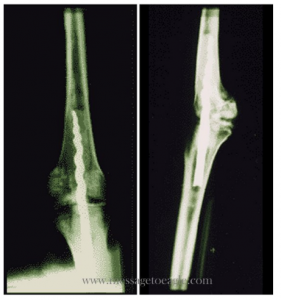
For the next big revolution in prosthetics, we have to go to Ancient Rome during the Second Punic War. The commander Marcus Silanus lost his right hand on the battlefield. This would mean he could not enter another battle as he needed two hands to hold a sword and a shield, but he instead had an iron hand-fashioned for him, so he could still hold up his shields and perform this function. He kept his identity as a commander without hiding his prosthetic arm.
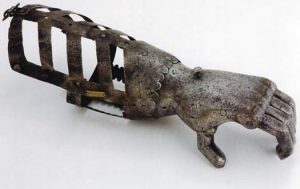
This style continued to be used for 1000s of years until the late middle ages knights who used the iron prosthetic arm or limb with the armour to hide their prosthetics in battle. It allowed the wearer to keep his identity as a knight and a warrior. The previous examples were only for nobles, knights and commanders, creating ethical issues about the technicalization of health care and the personalization associated with it because they should be available for all people without a difference.
II. The evolution of ancient prosthetics
The major advance in the 16th century was a hinge prosthetic hand and a leg with a locking knee joint by doctor Ambroise Paré.
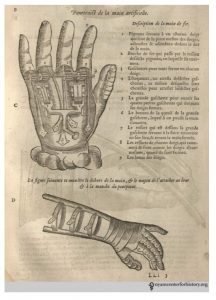
This makes the wearer bend their knee and elbow to sit normally. If the wearer wanted to stand up again, he could lock them in place, so it wouldn’t bend anymore to walk normally. This ensured the essential characteristics of the normal leg with more safety characteristics. What is shocking is that this invention is still common in modern prosthetics, although they were invented nearly 500 years ago, up to the modern-day these prosthetics are only small improvements.
While most medicines were up and coming, the field of amputations saw minor improvements, until finally, in the 1970s, the inventor, Ysidro Martinez, made a tremendous impact on the history of prosthetics.

He developed a low limb prosthesis. His prosthesis was revolutionary because it is the first, which did not replicate the motions of the human body. The need for prosthetic evolution is necessary because this artificial limb improved the walking pattern and reduced the associated health risks (bone friction) with appropriate safety factors.
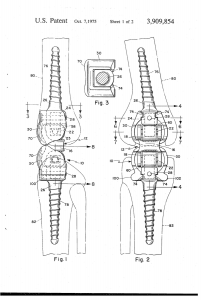
III. The Cyborg birth: First Cyborg and bioethics
You could imagine how you would feel if those cold and lifeless prosthetics were controlled by your brain? That question didn’t surface in one of the dystopian fiction labs but a real lab at Reading University. The world’s first cyborg, Pr Kevin Warwick, who implanted his arm with an electronic chip to receive neural signals from another chip in his wife’s arm, used the mouse brain cells to control a small robot.
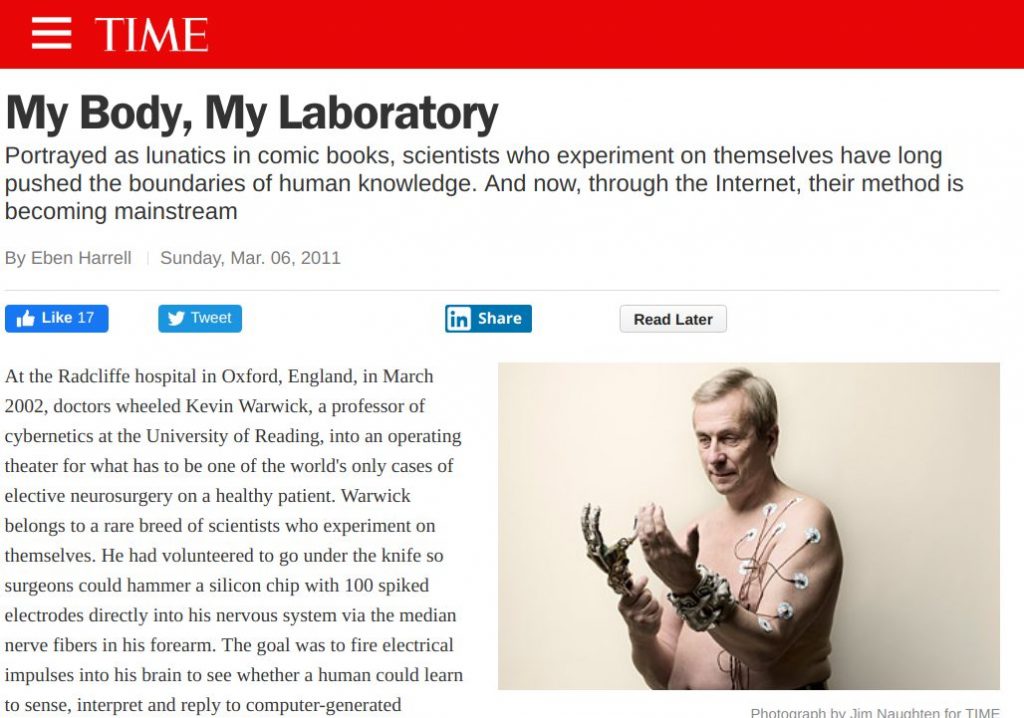
He connected the culture of mouse brain cells to the sensors that transmit signals to a robot. The brain culture cells behave like the brain of a living organism, learning how to take in information, decide and interact with its environment.
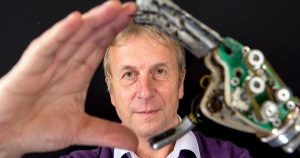
“It’s a mind-boggling piece of research with unique challenges for an engineer because technology rarely has moods. Sometimes you swear at it because it’s not doing what you want, but it’s got a mind of its own”, said Warwick.
Pr Warwick wanted to extend this experiment to see billions of human neurons with much richer sensors walking or maybe flying in his lab. But this may bring a question to our mind: Would the public society be ready to understand the changing of the human body? Safety? Security?
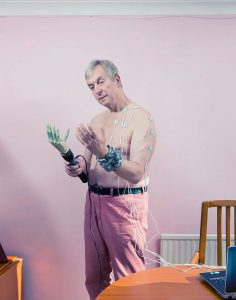
Parents asked Pr Warwick to implant a tracking chip inside their children, and they offered him a large sum of money. He said,
“I am constantly questioning whether what I’m doing is right. I’ve decided not to pursue the lines of research because they are too morally murky for me.”
Since 2002, over 59,000 people have received neurological prosthetics, such as pacemakers, bionic ears, heart valves and artificial limbs. Neurological prosthetics raised many ethical questions about human body safety, social inclusions and security.
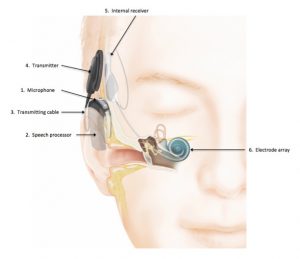
Cochlear implants, for example, were restricted after reporting the safety dangers of their devices which lead to ear damage. FDA reported the risks of cochlear implants including but not limited to injury to the facial nerve, meningitis, cerebrospinal fluid leakage and attacks of dizziness or vertigo.
Cyborgs with cochlear implants can’t perform other routine medical examinations and treatments such as MRI imaging and neuro-stimulation. This may dislodge the implant or demagnetize its internal magnet. FDA has approved some implants, however, for some types of MRI studies done under controlled conditions.
Cochlear implants may also affect the social inclusions and communication of the individual. Sometimes the sound impressions change, the users describe the sounds as mechanical, technical or synthetic affecting their reactions to the situations. The implants may also set off theft detection and other security systems. It affects the social lifestyle, making cyborgs more cautious with cellular phones, radio transmitters and even static electricity which may damage the implants.
The development of prosthetics with smart software features caused security ethical issues. In 2017, FDA recalled close to half a million heart pacemakers because of software bugs in their updating system which is fundamental to help ail heart muscles and avoid the pacemakers failing. Two years later, researchers from Kaspersky Lab found a range of vulnerabilities in the system of Motorica, the Russian startup that develops prosthetic hands (3D-printed with plastic, metal, and composites) with smart features. The attacks were severe enough to permit unauthorized access to cloud storage, sharing the data of the connected prosthetics accounts and permission to edit, delete, or change this information as hackers saw fit.
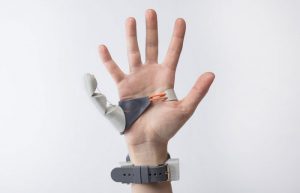
The immense challenges of the previous ethical issues make the bio-engineers take ethical responsibility and follow up the entire process to avoid harming individuals, minimize the side effects of a design, and not design something that the bio-engineers would not use on themselves if necessary. It is also very important to cope up with the technology evolution to minimise the gap between the raised ethical issues and their solutions. This is a very challenging task because the evolution speed of the technology is very high.
IV. The evolution of cyborgs

The development of cyborgs became quick, raising many ethical issues about the associated risks. It is important to achieve the balance between the risk commensurate with the actual need for development with the expected benefits. Most of the recent risks do not yield sufficient benefits to justify the cyborg evolution, yet their evolution takes different forms. Bio-engineers proposed one of those forms to integrate them with 3D bio-printed technology to create human-like organs, but they didn’t have any viable and functional cells or even blood vessels like humans. That wasn’t doable until one week ago. Biomedical engineers announced a cell-friendly 3D bioprinting technique to print human organs with live and functioning cells in minutes.
“This is a significant step towards the printing of biologically active 3D tissues. This new technique spares cells from being suspended in a cell-damaging environment for an extended period. The team introduced live cells into the 3D printed tissues with the vast majority of cells remaining alive and functional.” Dr David Rampulla, Director of the project
Although we are away from the consequences of such new integration, it is reasonable to know How far should the bioengineer go with the imitation of biology in creating the artificial organs?. To answer this question, it would be nice to achieve the balance between three points during the technology evolution, the first is the atavistic point (being fear of the dangers of the technology), the second is the humanistic point (using the revolutionary advances of the technology for the human attachment and bonding) and the third is the moralistic point ( the basic spirituality source of nature and the guidance of the human). I believe if bio-engineers consider the previous points, this will minimize the ethical crashes and guide them to know what the evolution traffic looks like, when the evolution of the process should stop, and where the human organ ends and the technology begins.
V. Cyborg ex machina
As it is easy to see, there are more questions than answers in the area of ethical issues of bioengineering. The lack of answers is because of the high speed of research development. Sometimes there is no balance between the risk and the benefit, creating very complex ethical dilemmas that developed alongside the technology development.
Safety, security and social inclusions are all ethical issues that were not in the past. The stark reality is the stakes have changed from the past to the present. The philosophy too. The prime motive has changed a lot (Divinities vs Science), the eternal life back then was related to religion, now it is a scientific and industrial challenge and has been emptied of its religious dimension.
Disinterest that should govern medical application versus the vested interests of the recent industrial and economic progress has also a role in the complexity of bioengineering issues. Bio-engineers should achieve harmony between the ethics of engineering, biology, medicine, and the physical sciences. This is very challenging but they need first to prioritize the actual need of the society for technology development and understand the risk/benefit balance, thinking thoroughly about how to understand nature and how to change it for a better future for our humanity.
- Doctoral researcher in Bioinformatics
- Latest posts

My name is Ahmed Hemedan, I am a doctoral researcher at the bioinformatics core unit, LCSB at Luxembourg University. The research of my work covers a broad spectrum of applications of data science, bioinformatics and systems biology in the
life sciences. This includes the integration and interpretation of large omics datasets to the Disease Maps aiming to translate them into novel medical insights.
Furthermore, I use the revolutionary advances in artificial intelligence to develop machine learning-based paradigms to solve critical problems in medical research.
This resulted in a range of publications in peer-reviewed open access journals. Additionally, I use and extend the principles of the General Data Protection Regulation (GDPR) to make the research outcomes more personalized and FAIR.
I am advocating ethical approaches with all its facets (data, publications, source code of research software, etc) and I am active in communities promoting and implementing this for example The Carpentries community.
As a certified carpenters instructor, I try to empower biological researchers and librarians by teaching coding skills to work more efficiently and effectively with data, information and knowledge.
Contacts and links :
● Simply, send me a friendly email or If needed use my PGP key to encrypt the message. Find more crypto-goodness on keybase.
● ORCID identifier: 0000-0001-7403-181X further information/statistics regarding my publications can also be found on my Google Scholar.


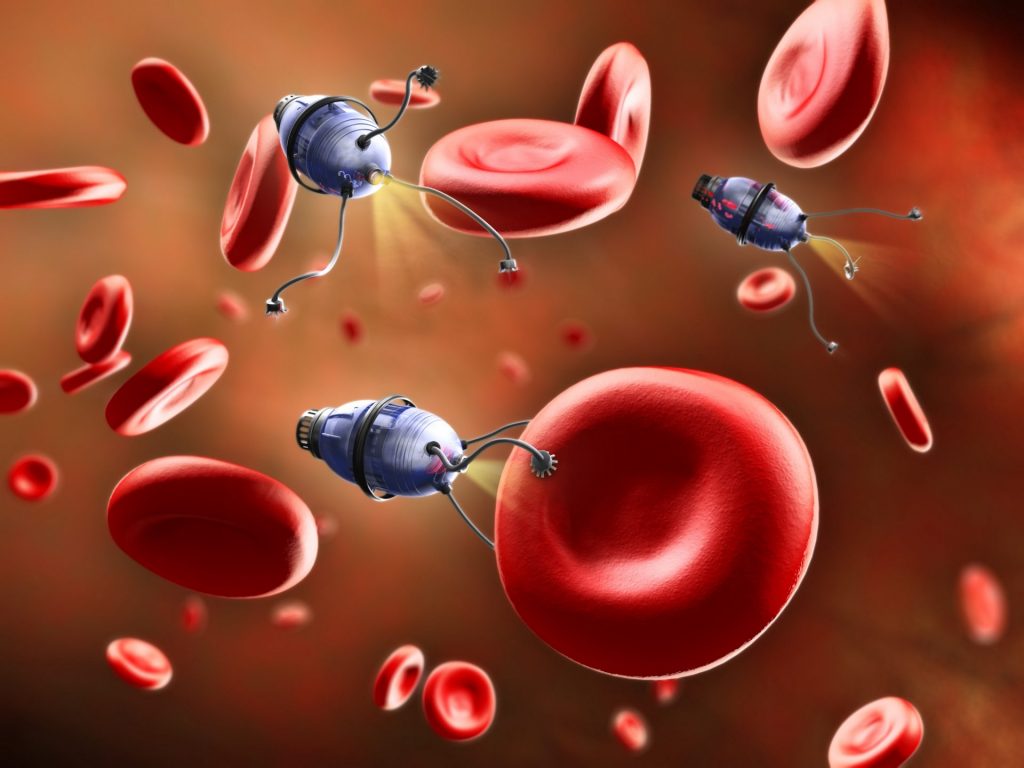
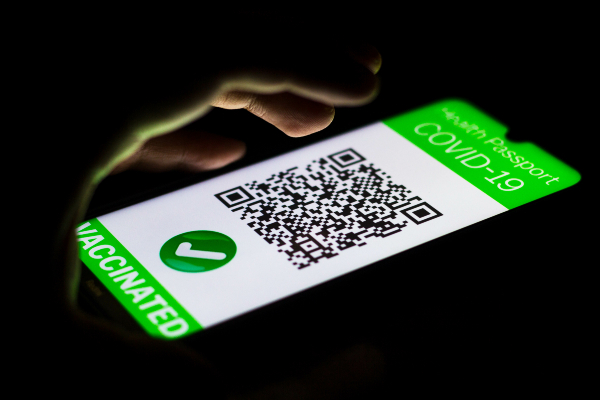

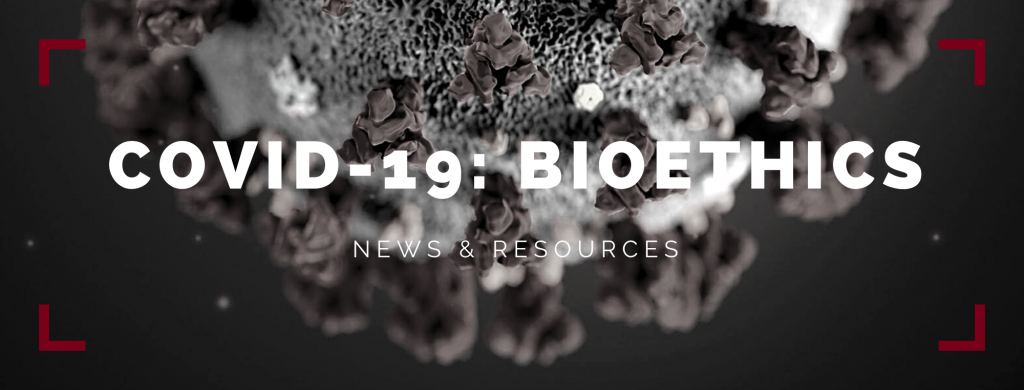



Thanks for the information